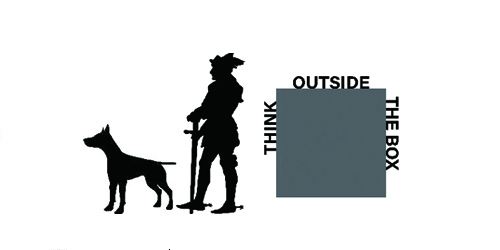Articles
Writing Tips Year 2-5
- Nov 22, 2022
- Albert Yu

Writing Tips
Teacher: Heni Hart
Do:
☺ Plan your ideas carefully and logically – brainstorm/concept map it!
☺ Write a draft in your exercise book- drafts are meant to be messy!
☺ Check your spelling using a dictionary- don’t guess the spelling of words!
☺ Check your grammar, punctuation, tenses, and overall piece carefully!
☺ Proofread and edit your work. If there is a word limit, stick to it!
Creating characters:
Think about creating believable characters. Consider the following:
👯♂️their appearance 👯♂️their feelings 👯♂️their likes/dislikes 👯♂️their personality 👯♂️their actions their interactions
Use a combination of description, dialogue, actions, and interaction s with other characters.
Description: the physical appearance, the personality and personal history of the character.
Dialogue: how the character talks to others; stutters, tone, are they timid, brave, or lively? Adverbs will help here. “Who’s there?” she enquired timidly.
Remember to limit dialogue to 2-3 lines. Dialogue should add not detract from your overall piece so make it interesting. Think authentic sounding speech!
Direction: How the character behaves and responds gives the reader a better understanding of who they are.
Interaction: ‘They huddled together in the basement quietly and worked out a cunning plan.
Characters don’t always have to be human!
Personification– is when you give human qualities to an object or animal.
The wind howled in the night. The stairs groaned as we walked on them.
Interesting ways to start a story:
☺ Use dialogue – “Here we go again!” mumbled Dad as he packed the last suitcase into the boot of the car. “Where’s Andy?” asked Patrick.
☺ Use an interesting sentence to take the reader straight into the action. – It was the most amazing feeling that William had ever experienced in his whole life.
☺ Use a question to involve the reader. – What was Tiffany going to do?
☺ Use an exclamation mark to startle the reader. – An alien spaceship had just landed on Kevin’s roof!
☺ Use a description to create clear images of the setting. – The silvery moonlight shone like a tractor beam, lighting up the landing strip of Peter’s roof. The nearby trees began to swish and sway with the oncoming rush of the wind.
☺ Introduce the main character. – Nicholas was a curious boy with a love of the extra-terrestrial.
Avoid these story endings: (cliché)
☺They lived happily ever after. (Unless you are writing a fairy tale)
☺To be continued…
☺…it was just a dream.
☺Everything went back to normal.
☺The End
☺ They became friends.
The ending of a story is the last chance a writer must leave a lasting impression. It needs to solve the complication, identify what the characters have learnt or how they have changed, or encourage the audience to want to read more.
Ending the story with a moral or a message is common in fable stories, which warn the readers about their own behaviours.
Try overturning the predictable ending such as ‘happily ever after’ with something unexpected.
Happy writing!













